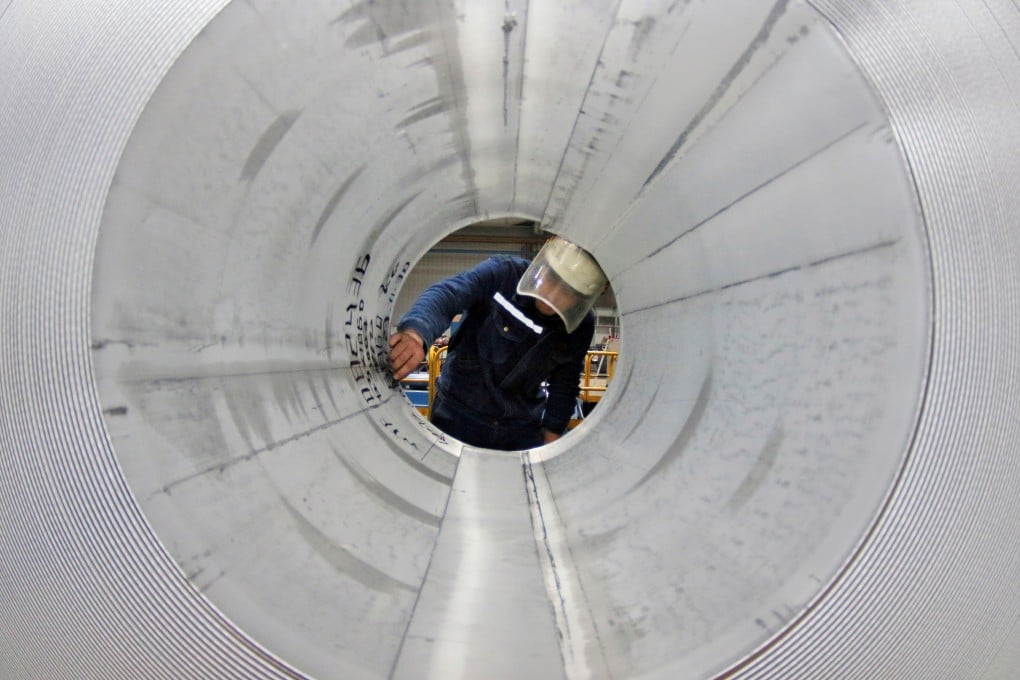Advertisement
China’s factory and consumer prices continue to diverge, ramping up concern of an economic slowdown
- High commodity prices caused factory-gate inflation to rise at its fastest pace in 13 years in August, while consumer inflation was depressed
- Analysts say the widening ‘scissors gap’ between factory and consumer prices points to worsening profit margins for Chinese companies
Reading Time:3 minutes
Why you can trust SCMP

China is unlikely to make changes to its monetary policy even as factory-gate prices continue to rise and consumer inflation remains low, further exacerbating concerns of an economic slowdown, analysts say.
The producer price index (PPI), which reflects the prices that factories charge wholesalers for their products, rose by 9.5 per cent in August from a year earlier, up slightly from 9 per cent in July, making it the third highest reading since records began, the National Bureau of Statistics said on Thursday.
Coal prices hit new highs this week adding pressure to Chinese firms already struggling with other high raw material costs.
Advertisement
In contrast, China’s consumer price index (CPI) remained depressed in August, growing at 0.8 per cent from a year earlier, down from 1 per cent in July, and falling below analysts’ expectations and Beijing’s 2021 CPI growth target of around 3 per cent.
Falling prices for pork and energy played a large part in the slow CPI growth last month.
The divergence of PPI and CPI inflation points to a worsening profit margin for manufacturers and services providers
The widening gap between factory gate inflation and consumer inflation is driving concern because it means manufacturers are suffering from high raw material prices – forcing some to begin curbing production – while soft CPI growth means producer costs are not being passed onto consumers, whose spending is weak and still crimped by the pandemic.
Advertisement
Select Voice
Choose your listening speed
Get through articles 2x faster
1.25x
250 WPM
Slow
Average
Fast
1.25x